Write the structural formulae and give IUPAC name of the following :
Tartaric acid
The correct Answer is:A
To solve the question regarding Tartaric acid, we will follow these steps:
Step 1: Identify the molecular structure of Tartaric acid
Tartaric acid is a naturally occurring organic acid that has the following structural features:
- It contains two carboxylic acid groups (-COOH).
- It has two hydroxyl groups (-OH).
- The carbon skeleton consists of four carbon atoms.
Step 2: Draw the structural formula
The structural formula of Tartaric acid can be represented as follows:
HOOC|HO−C−COOH|H
Alternatively, it can also be represented in a more linear form:
HOOC|HO−C−C(=O)OH|H
Step 3: Count the number of carbon, hydrogen, and oxygen atoms
- Carbon (C): 4
- Hydrogen (H): 6
- Oxygen (O): 6
Step 4: Assign the IUPAC name
To assign the IUPAC name, we need to follow these steps:
1. Identify the longest carbon chain that includes the functional groups.
2. Number the carbon chain, giving priority to the carboxylic acid groups.
3. Identify substituents and their positions.
The longest chain has 4 carbon atoms, and the presence of two carboxylic acid groups and two hydroxyl groups leads us to the following:
- The base name is "butane" since there are 4 carbons.
- There are two hydroxyl (-OH) groups, hence "dihydroxy".
- The presence of two carboxylic acid (-COOH) groups leads to "dicarboxylic acid".
Thus, the IUPAC name for Tartaric acid is 2,3-dihydroxybutanedioic acid.
Final Answer:
- Structural Formula:
HOOC|HO−C−COOH|H
- IUPAC Name: 2,3-dihydroxybutanedioic acid
---
Tartaric acid is a naturally occurring organic acid that has the following structural features:
- It contains two carboxylic acid groups (-COOH).
- It has two hydroxyl groups (-OH).
- The carbon skeleton consists of four carbon atoms.
The structural formula of Tartaric acid can be represented as follows:
- Carbon (C): 4
- Hydrogen (H): 6
- Oxygen (O): 6
To assign the IUPAC name, we need to follow these steps:
1. Identify the longest carbon chain that includes the functional groups.
2. Number the carbon chain, giving priority to the carboxylic acid groups.
3. Identify substituents and their positions.
- The base name is "butane" since there are 4 carbons.
- There are two hydroxyl (-OH) groups, hence "dihydroxy".
- The presence of two carboxylic acid (-COOH) groups leads to "dicarboxylic acid".
- Structural Formula:
HOOC|HO−C−COOH|H
- IUPAC Name: 2,3-dihydroxybutanedioic acid
Similar Questions
Give IUPAC names of the following:

View SolutionGive IUPAC names of the following:

View SolutionGive IUPAC names of the following:

View SolutionWrite IUPAC name of the following:

View SolutionWrite IUPAC name of the following
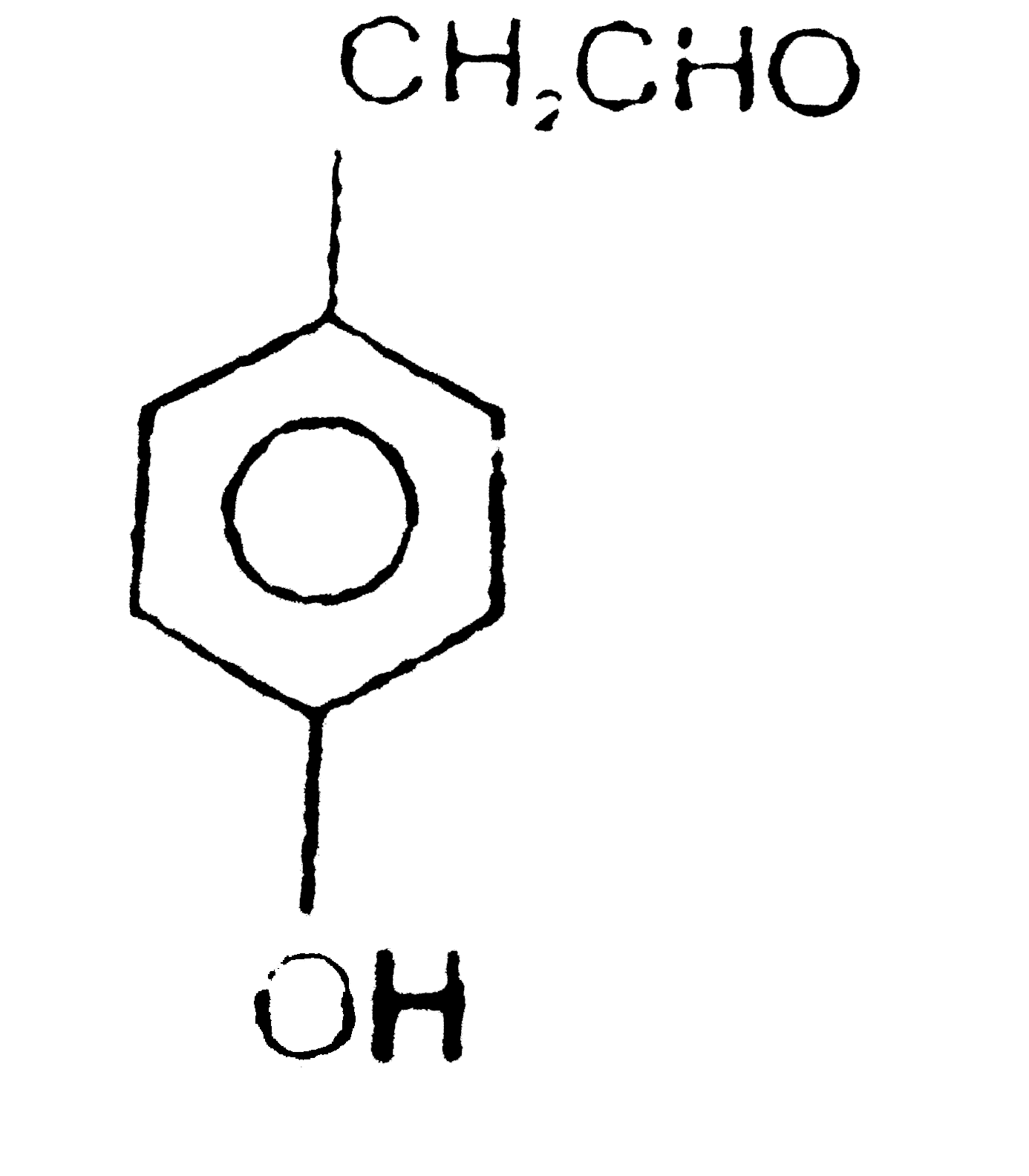
View SolutionWrite IUPAC name of the following
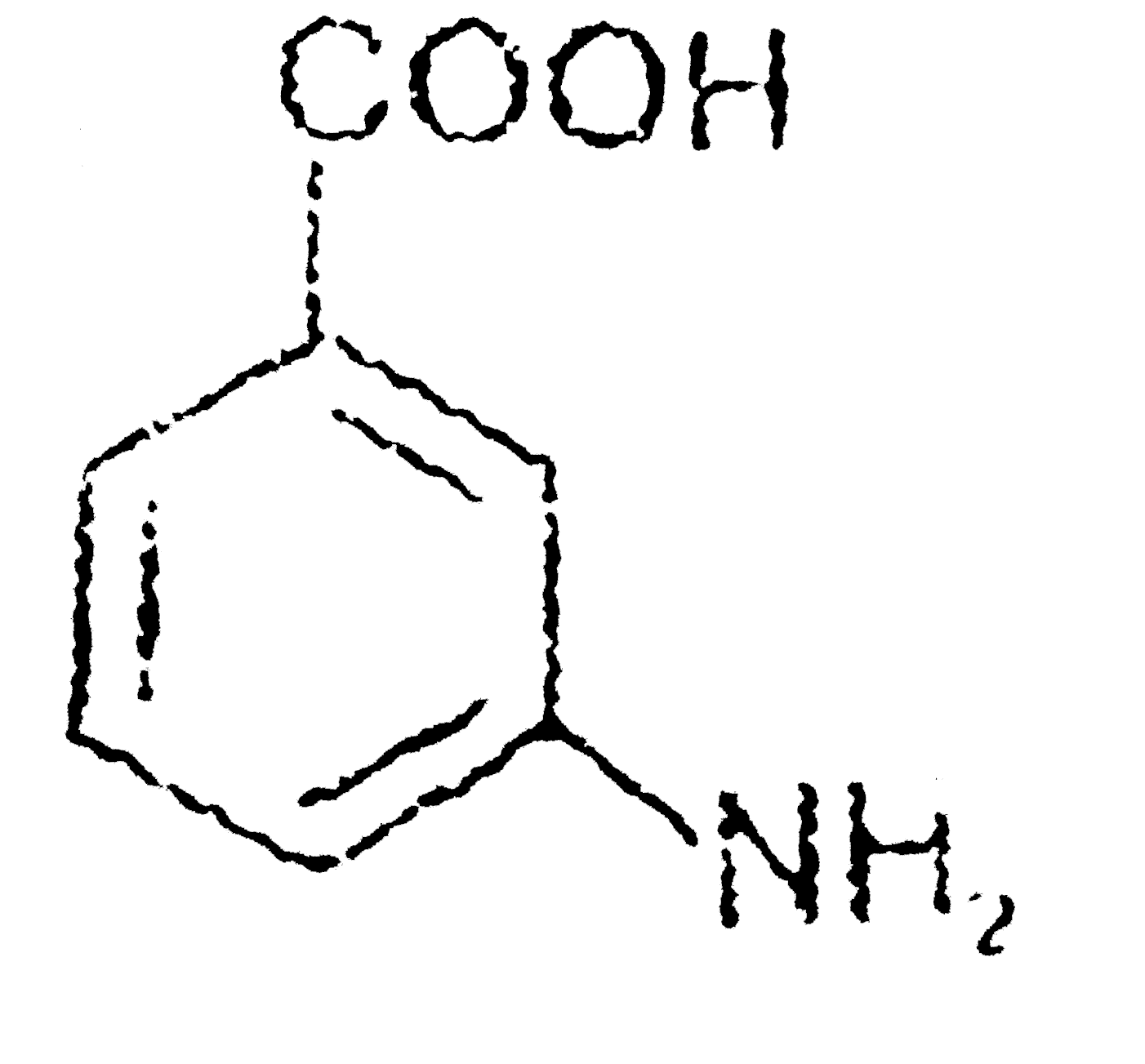
View SolutionWrite IUPAC name of the following
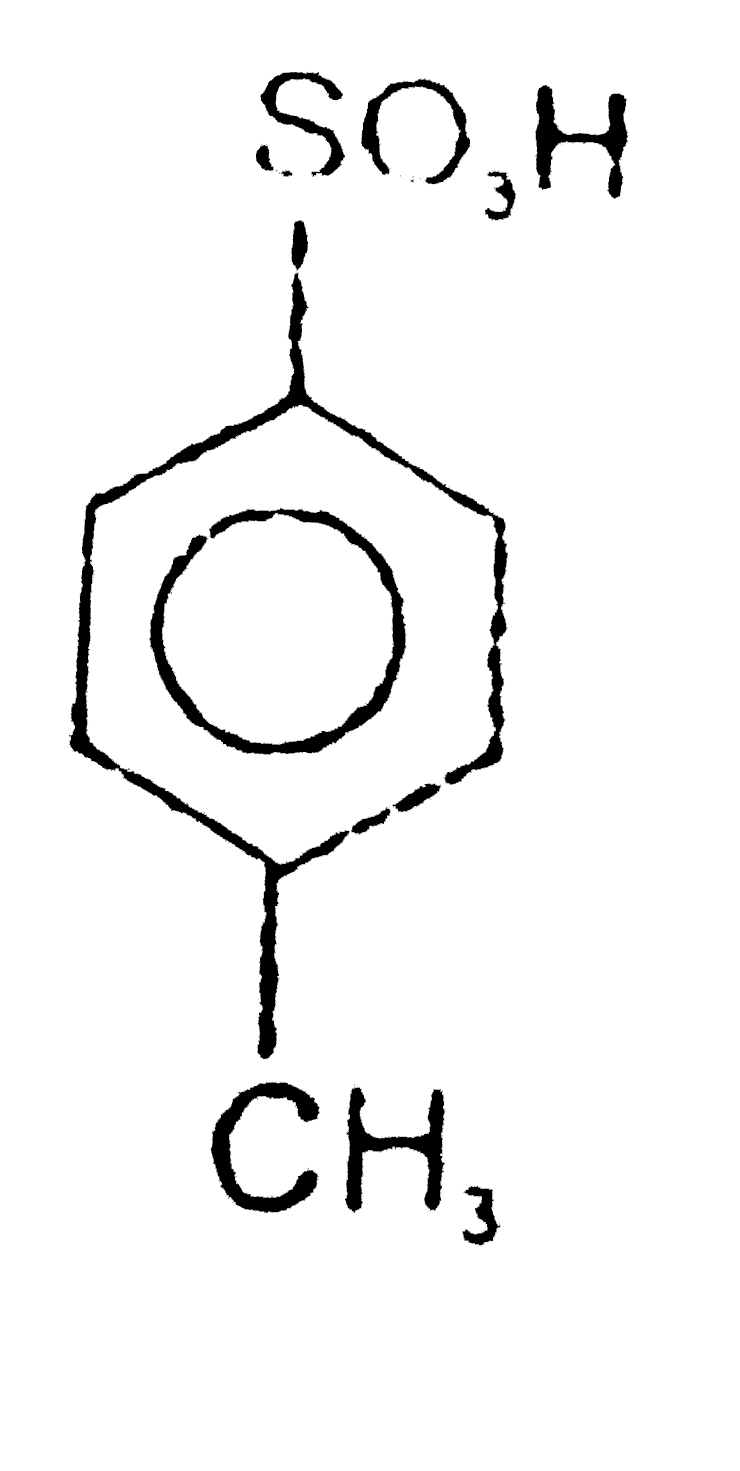
View SolutionWrite IUPAC name of the following
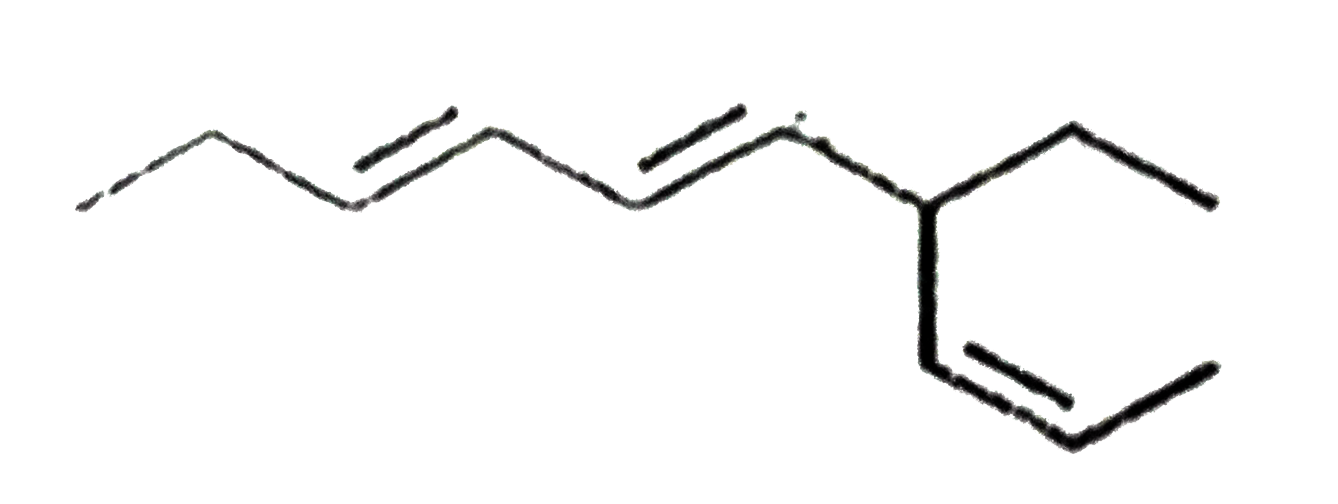
View SolutionWrite IUPAC name of the following

View SolutionWrite IUPAC names of the following:
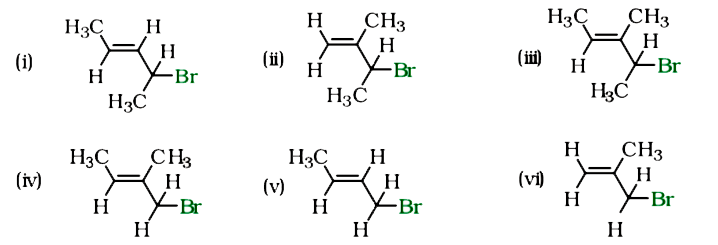
View Solution
